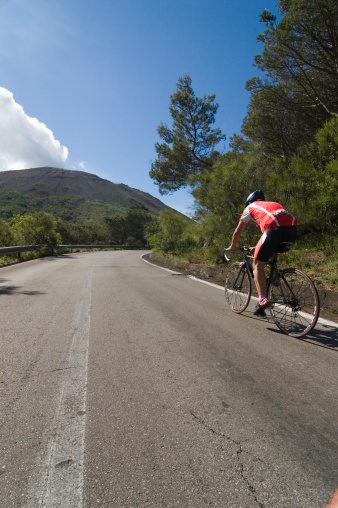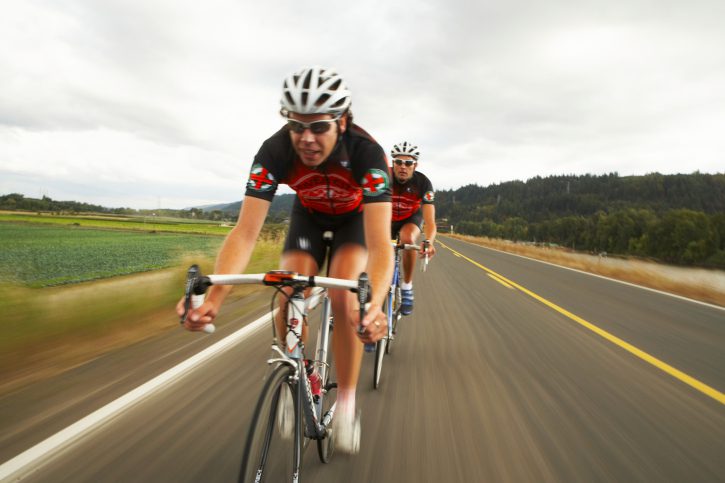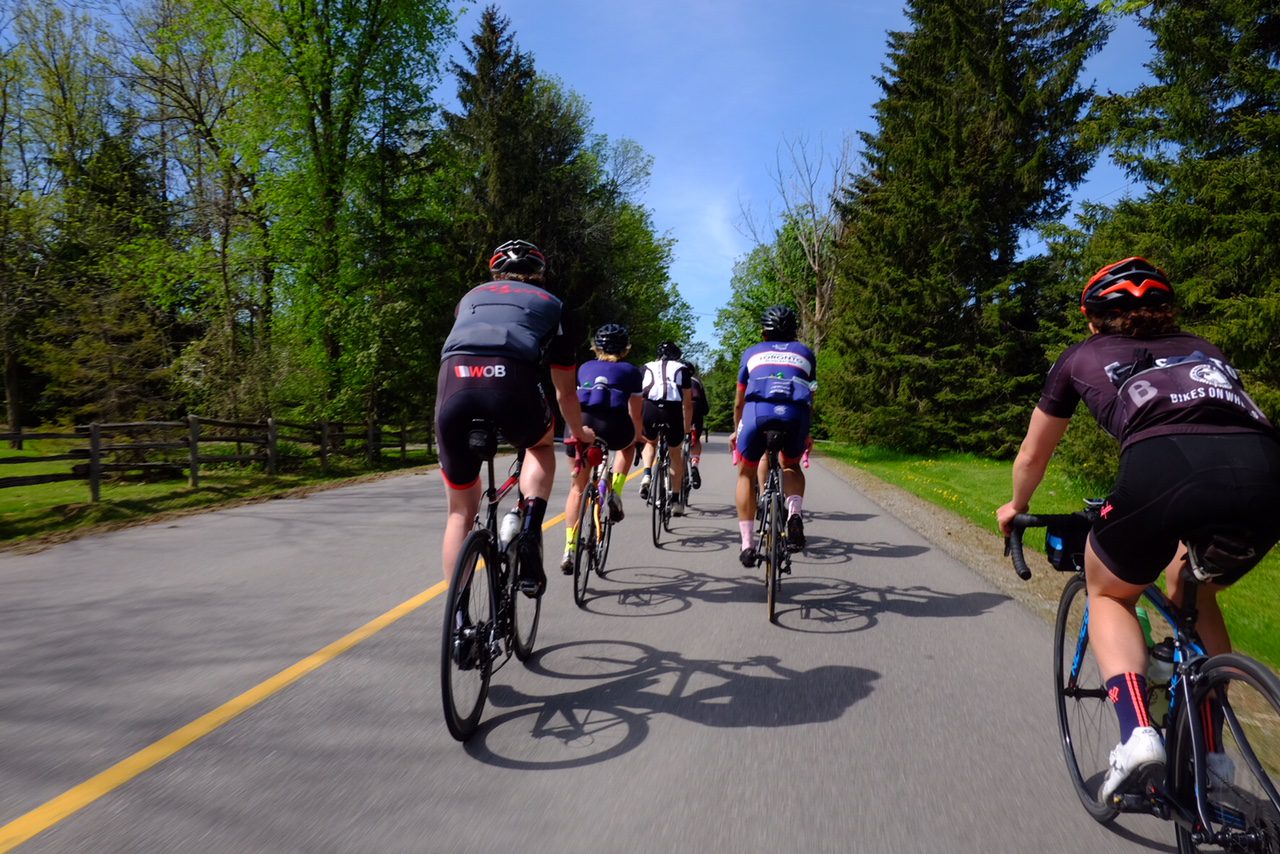Beginner bike tips to tackle your first triathlon
While the swim worries many would-be triathletes, the bike can be equally as intimidating for some. Some tips to prepare yourself for the bike leg of your first triathlon.

For beginners looking to get started in triathlon, the swim is often thought to be the biggest limiter. Many, though, are equally as intimidated by the bike portion of the race.
If you learned how to ride a bike as a kid, but haven’t been out much since, you’re not going to be able to just show up at a race and be good to go. That being said, don’t let that overwhelm you and stop you from competing.
Here are some tips to get you prepped for the bike portion of your first triathlon.
Equipment 1 – Simple at the start
The gear and bike gadgets some of the athletes will show up with on race day might be one of the most intimidating things to see when you’re setting up for your first race. You will see a lot of high tech bikes with aero helmets, but don’t let that phase you.
Heading into your first tri, the key is to keep things simple. You’re perfectly fine using whatever bike you have, even if it’s a mountain bike. Just make sure it fits you (you can get this done at a bike shop), and you’re comfortable riding it.
And then, of course, you’ll need a properly fitting helmet as well. You can also get a water bottle holder added to the frame, which will allow you to stay hydrated throughout your ride.
Those are the basics. Keep it simple when first starting out.
Equipment 2 – Adding to your arsenal
Once you’ve got a few events under your belt and you’ve decided to make triathlon a regular part of your lifestyle, you can start adding some new gear to your repertoire.
A few of the essentials:
- Road bike: If you don’t already have one, you’ll want to make the investment. Of course, this brings up the classic question: road bike or tri bike? But, if you’re just starting out, a road bike is fine. They’re more versatile for things like group rides, and you can get clip-on aero bars if you want for training and racing.
Related: Road Bike or Tri Bike?
- Clip-in pedals: You don’t need to have clip-in pedals if you find them intimidating, but once you try them, you’ll find them much easier to use than you might think. Lean against a tree or a wall to get the hang of clipping in and out, and then try riding in a low-traffic area. You’ll find that your cycling will be much more efficient and they will help you go much faster.
- Cycling shorts: Cycling-specific shorts are a must once you start going out on regular training rides. They’ll prevent saddle sores and allow you to put in the mileage you desire. For racing, though, you’ll want to find a tri suit to wear for the entirety of the event.
- Aero helmet: No, you don’t need one.
Safety
Another aspect of cycling that can hold people back is the issue of safety. There are a lot of things that can go wrong, both in training and races, but adequately preparing and familiarizing yourself with certain rules and customs will go a long way in preventing the majority of potential problems.
Preparation
Planning ahead of time can mitigate a lot of the issues you can face while out on a ride. Pack a sufficient amount of nutrition and hydration to prevent bonking, and always carry your cell phone with you in case of emergency.
One of those possible emergencies, though it’s relatively not a serious one, is a flat tire. Learn how to replace your tube and bring a spare one, tire irons and a pump along with you so you can change the flat yourself. But, in case you do, it’s good to have a phone to call for help.
It’s also smart to let a friend or family member know that you’ll be out riding in case of an incident.
On the road
If you’ve never gone for a ride out on the road before, or haven’t in quite some time, it’s important to familiarize yourself with the appropriate hand signals to use when turning. You also need to be alert at all times (don’t listen to music), so you’re aware when a car is coming up behind you.
You also have to remember that, as a cyclist, you have the same responsibility as vehicles to follow all of the road signs.
If possible, map out a route in your area where you avoid busy roads as much as possible. And, of course, bike lanes when they’re available are a great option.
In a group
Group riding adds an entirely new element to the sport, and although you don’t necessarily need these skills to complete a race (assuming it’s non-draft legal), they’re good to know, as riding with others can make the sport more enjoyable and be a nice way to change things up.
When out on the roads in numbers, you should attempt to ride single file as much as possible. It’s also imperative not to be fixated on the rider in front of you (or your bike computer) — be aware of all of your surroundings, including what’s going on up ahead.
And then, maybe the biggest key in avoiding group accidents, is to make sure you never jam on the breaks abruptly. Go easy on them.
In a race
When in your race you need to follow a combination of the safety guidelines for both road and group rides. You must remain very aware of all of the riders surrounding you, generally sticking to the right side of the road unless you’re going for a pass. When doing that, let the rider know with a quick “on your left”.
When going through an aid station, be hyper-aware of riders slowing down and pedestrians around, and if you’re going to grab something from a volunteer, let them know by pointing in their direction for a smooth transaction.


